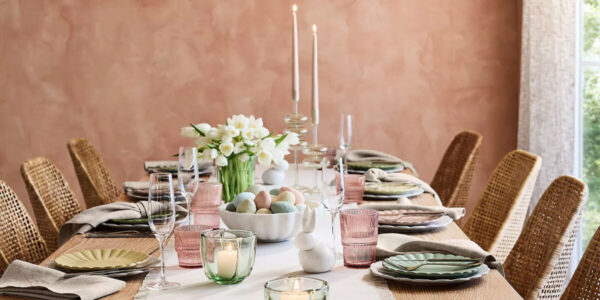
My Gardening Hot Take: Just Say No to Tomato Cages
Controversial opinions on why store-bought trellising isn’t always the best way to grow.
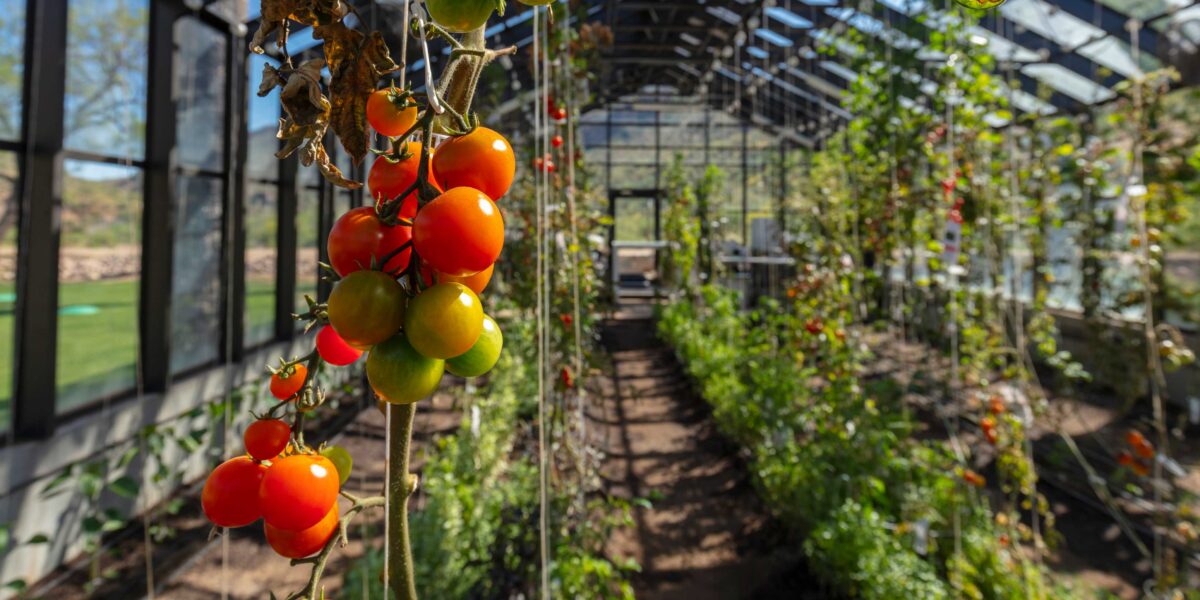
When it comes to garden gear, there is a clear divide among growers: Those who love tomato cages, and those who consider them an absolute useless eyesore. I’m controversially the latter. Aesthetics aside, there are a lot of questions I have about the invention of this particular metal torture device, and I have opinions about how it might not be the best way to grow your tomatoes. In fact, there are a lot of things that can go wrong with your crops due to cage structure—increased pests and lower fruit production to start!
Granted, I’ve seen some pretty ingenious ways of using these tubular traps (see PawPaw Ridge’s vertical summer squash growing technique to eliminate squash vine borers or my personal favorite, an interactive chicken treat holder that’s highly entertaining for hens and homesteaders alike), so if you have some on hand, know all is not lost and you can still put them to good use.
Now let’s take a dive into the pros and cons of these spherical supports and allow me to offer an alternative that might be a better fit for your garden. Hopefully you’ll be inspired to try something different not just next summer, but right now—because the beauty of DIY trellising is the ability to build and adjust as you grow. Intrigued? Read on!
Tomato Cage Pros
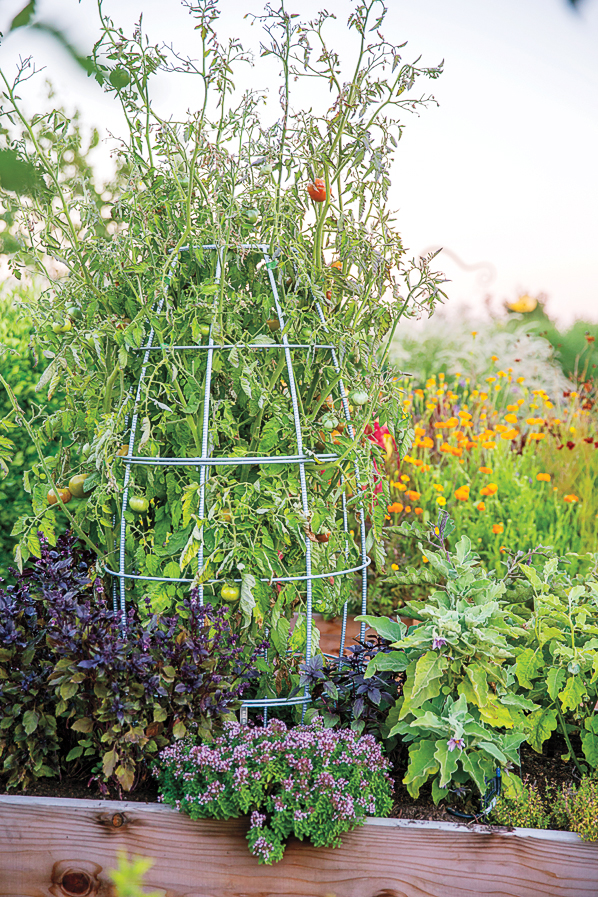
Thomas J. Story
Let’s start with some good press; I’m not here to make fans feel like failures. These store-bought trellises aren’t the worst thing in the world; in fact, they are incredibly convenient. Stick them into the ground and they practically do all the work for you as the tomato climbs and weaves its way towards harvest day. Compact, vertical growing is a balcony-garden dream and you can cram a few tomato varieties even on the smallest sunlit patio, as long as you stay on top of pruning.
Dense leaf coverage can cause problems, but with the excessive heat we’ve been experiencing it can also be a helper, preventing sunscald while providing a little extra soil coverage, which increases moisture retention for feeder roots. While commercially available cages are a more expensive option than building your own, they do last forever—but I beg you, if you must buy, please stick to the green or black-colored ones so they blend into the garden a bit more elegantly.
Tomato Cage Cons
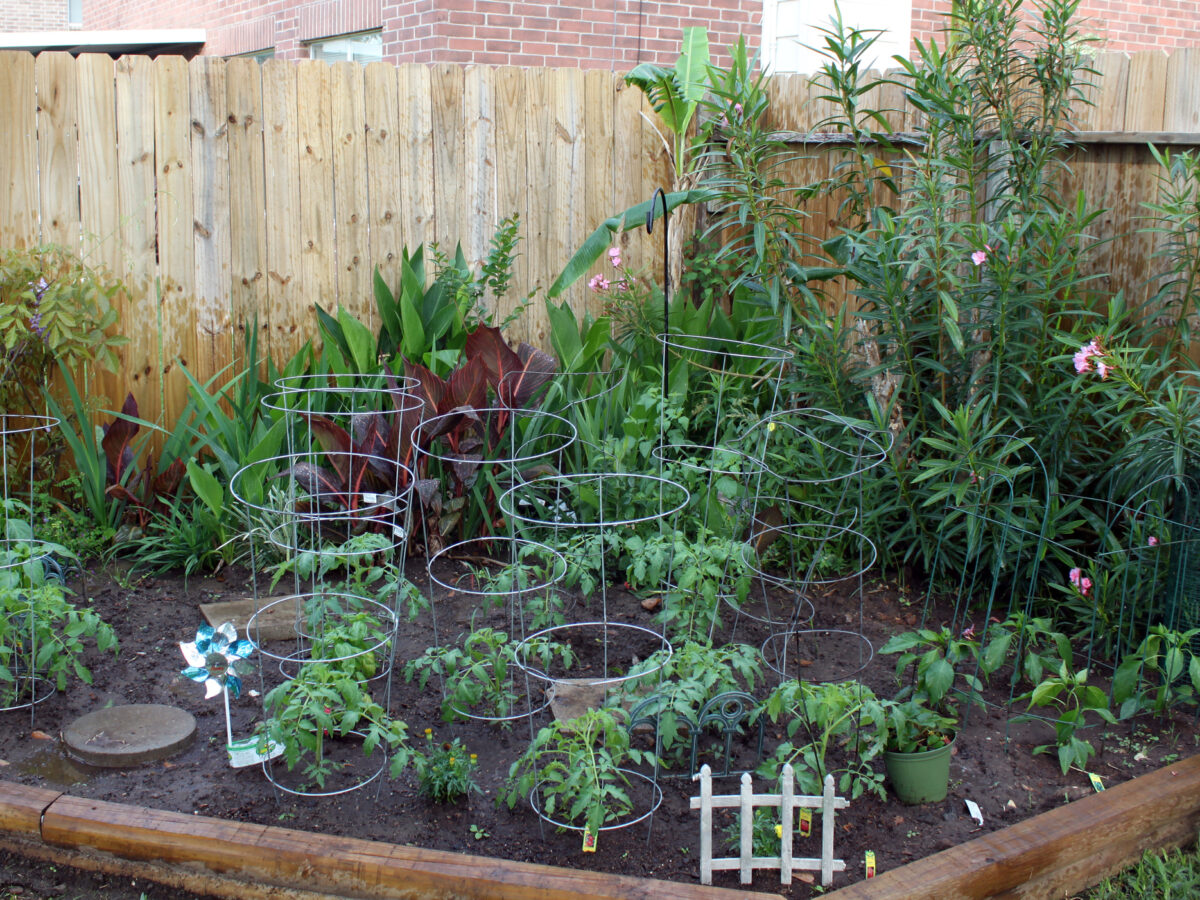
Lori Greig/Getty Images
Airflow and sunlight are your plant’s best friend when it comes to staying healthy and producing maximum fruit. Densely packed foliage at the center of the cage can easily harbor pests and brew disease, especially if the plant gets wet during waterings. These trellises cause a bit of extra labor for you too, and pruning and thinning will become your constant task as you battle with a plant that feels a bit confined in its corset.
I’m all about equipment that can multitask throughout the seasons and take up minimum space during any storage downtime. A cage doesn’t check the boxes—I want something that can grow tomatoes in the summer just as successfully as it can support springtime peas, beans, and even vining flowers. Our gardens look different each season and with every changing year, so it’s best to focus on investing in gear that can adapt to fit your changing needs as a gardener.
The DIY Route
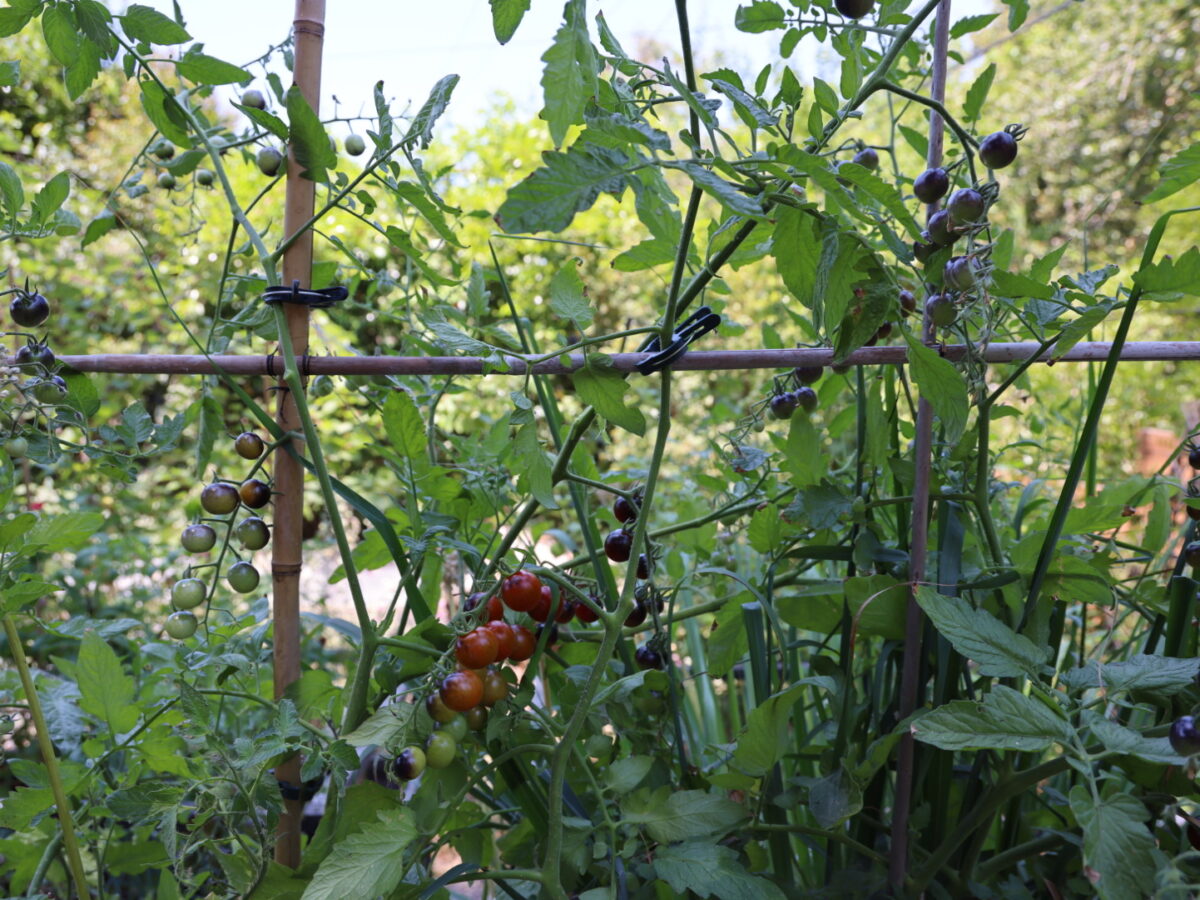
Kristin Guy
Now I don’t expect everyone to jump on the handmade homestead journey, but I do want you to consider different ways of growing your tomatoes even if you should choose to buy something similar. I have found that there is less damage and more fruit production when I grow upwards and outwards. The easiest way to accomplish this is with a staking/panel-inspired hybrid of trellising that you can outfit by using bamboo poles and some lashing cord.
If you’ve got some unwieldy indeterminate tomato varieties in need of some mid-summer taming, you can still implement this DIY panel trellis and keep that fruit coming through fall. With just three materials and a powerful knot-tying technique, you just might find that trellis making is your new morning meditation routine for summer gardening and beyond.
Materials:
6-Foot Bamboo Stakes (cut to desired size)
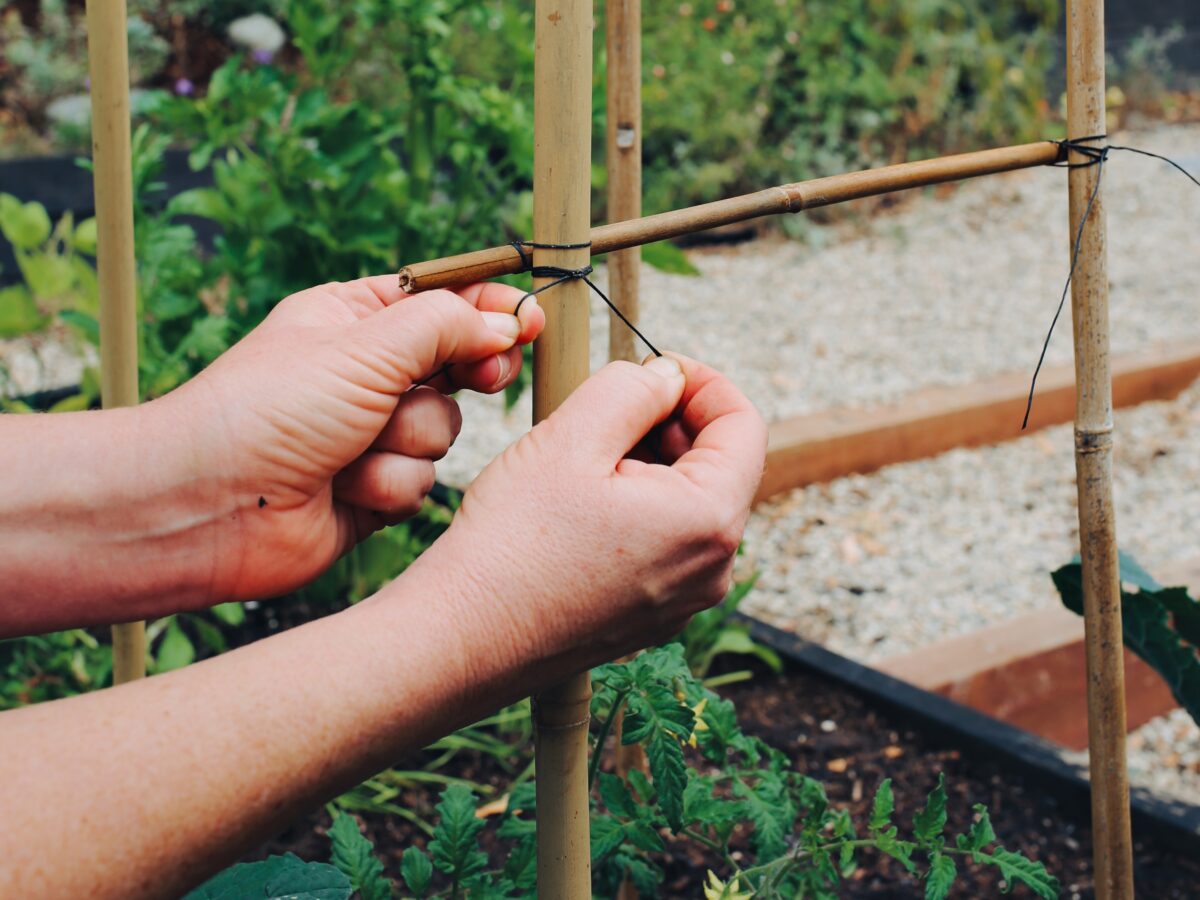
Kristin Guy
Know the Knot: Every gardener should know how to tie things tight and the square lashing knot is one that I use often, providing sturdy and strong support for a number of trellising projects.
A Few Tips: I’ll often start with three 6-foot poles spaced about 2 feet apart and then secure a lateral bar or two using the lashing knot noted above (space permitting, I know—but also know that you can cut to size depending on your allotted growing area). Along with some reusable clips, I weave 2-3 tomato plants up the ladder as they grow, adding additional vertical and horizontal stakes as needed throughout the season. The result is rewarding not only because this design is customizable on the go, but because it also provides maximum airflow, impeccable sun exposure, and ample fruit production on both sides of the panel—not to mention it’s really lovely looking and you can disassemble the framework to reuse as different trellises the following season. Wins all around.
Not wanting to make your own? No worries. There are plenty of panel trellises with stakes out there that can accomplish the same goals. Most importantly, grow the way that works best for you. Happy harvests ahead!
We only recommend things we love. If you buy something through our site, we might earn a commission.
